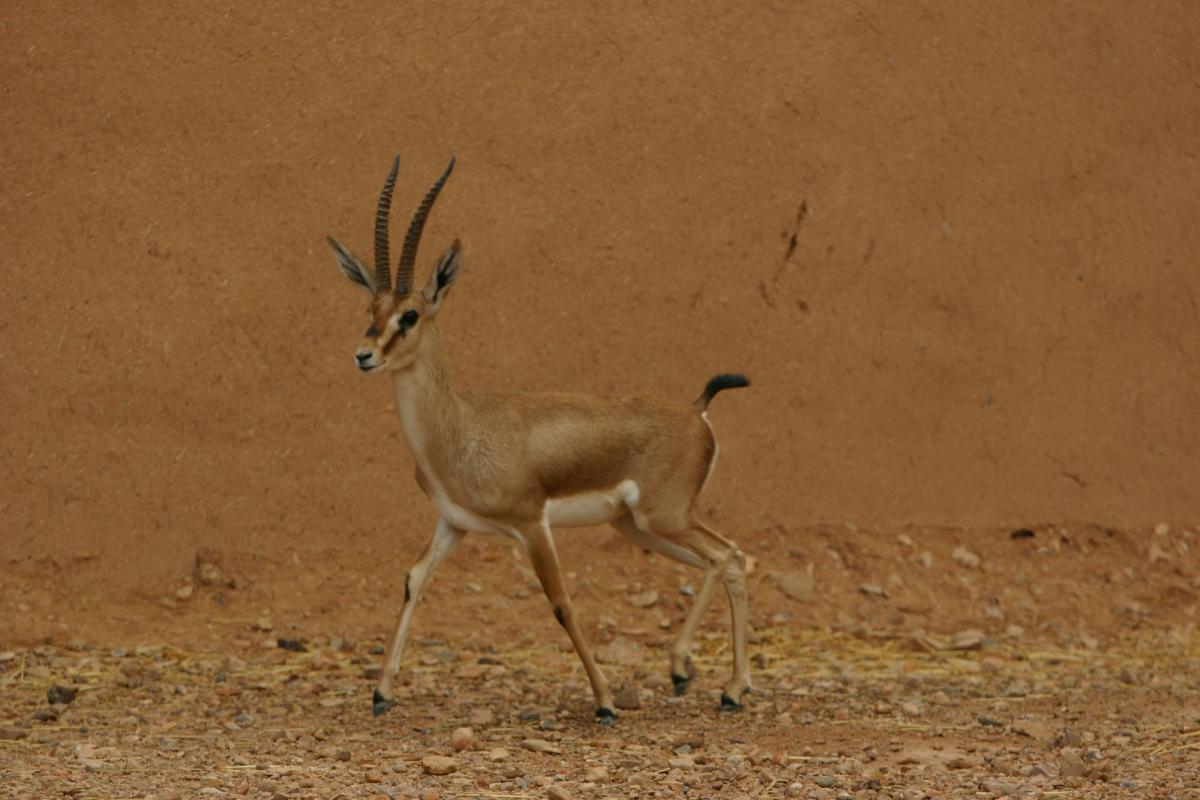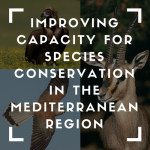Can you differentiate between antelopes of North Africa and the ones of the Arabian Peninsula?
New fact sheet to help conserve antelope species that occur naturally in North Africa and Arabia in order to preserve their genetic integrity and keep them apart.

Photo: Tim Wacher/ZSL
Throughout time, antelopes have adapted to the most extreme desert environments in the world and have always been of great cultural importance in both regions. Although well known, close similarity between the smaller species of North Africa and Arabia has led to confusion. This fact sheet provides a summary of the antelope species that occur naturally in both regions and is aimed to help conservation initiatives preserve their genetic integrity and keep them apart.
 Photo: Tim Wacher/ZSL
Photo: Tim Wacher/ZSL
11 species of antelopes occur in the region: five in the Arabian Peninsula and six in North Africa. The largest species occurring in both regions are both known and easily distinguishable (i.e. Arabian Oryx in Arabia and the Scimitar-horned Oryx in North Africa). The smaller ones however, share multiple similarities, such as similar habitats in each region and the same Arabic common names (i.e. Arabian Sand Gazelle across the Arabian Peninsula and Slender-horned Gazelle in North Africa) that make them hard to tell apart, even if they are all different species.
“Antelopes of North Africa and those of the Arabian Peninsula are distinct species that have evolved separately.This is why it is strongly recommended that all these gazelles are conserved and managed separately in order to maintain intact the regional biodiversity and individual character of both North Africa and the Arabian Peninsula. Therefore, species from both regions should neither be mixed nor diluted”, says David Mallon, co-chair of the IUCN Species Survival Commission - Antelope Specialist Group (SSC-ASG).
“Gazelles are an important part of the natural and cultural heritage of these two regions, therefore it is extremely important to conserve them for future generations. This fact sheet aims at helping practionners and protected areas managers when undertaking future conservation projects for these species”, says Violeta Barrios, expert from the IUCN Mediterranean Species Programme.
Many projects have been initiated to improve their conservation status, with a particular emphasis on wild populations in their natural habitat since they provide the best guarantee of long-term success. However, in situations where species have already become extinct in the wild, reintroductions may be the only option available. Several operations to reintroduce species to sites where they became extinct have already taken place and IUCN has published Guidelines on Reintroductions (2013) that should be followed in all these cases.
The fact sheet is available in English, French and Arabic.
For more information: Violeta Barrios
Project description:
Training in the preparation and implementation of Species Conservation Strategies in three Maghreb countries.




